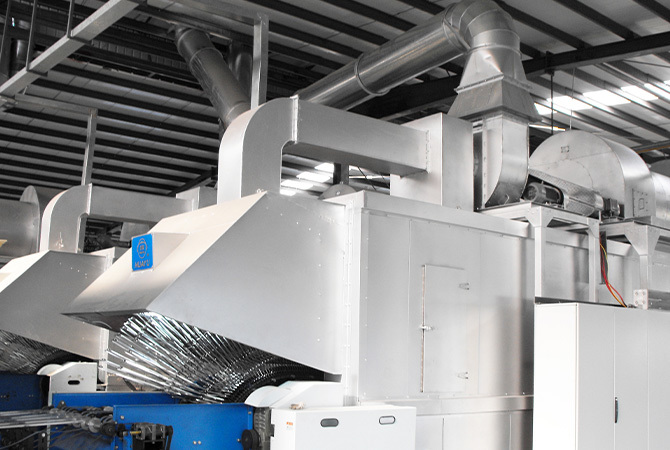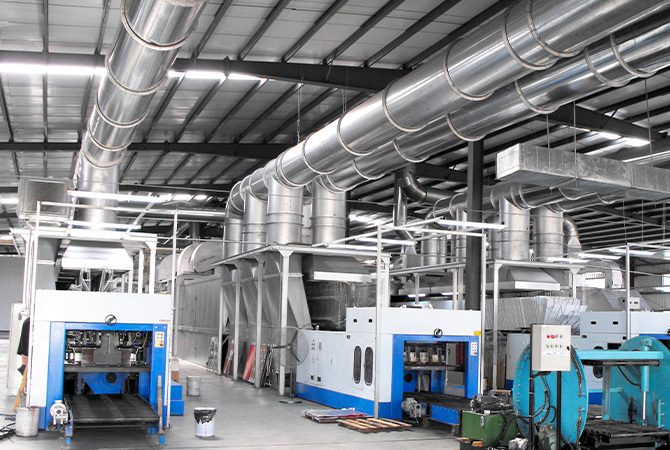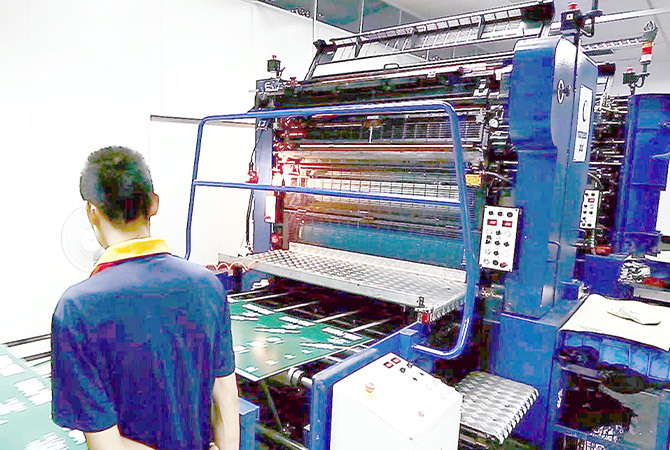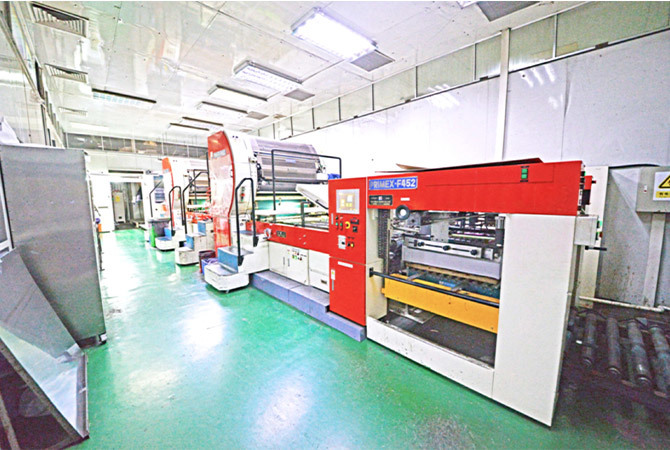Printing
Step 1: select basic coating
The base coating is the first step of printing, and the subsequent colors will be printed based on the base coating.
White magnetic
Highly saturated white paint is applied on the iron material, and there is no iron permeable part; The color of the pattern printed on white porcelain will be very close to the color of the pattern printed on white paper; It is not allowed to make up printing with the design of metal color or iron penetration effect.
White ink
Printing white on some areas, and then printing design patterns on these white areas; The color effect printed is close to that printed on white paper, but it is not as good as that of white magnet; It can be printed in the same metal color or through iron effect
Metal printing / iron penetration effect
If no basic coating is used during printing, the printed color will show a metallic color like iron itself; Another process is to retain the original color of iron without printing any patterns in a certain part, that is, partial iron penetration.
Step 2: select printing requirements
CMYK four color printing
Print multiple colors from a film document. Use a combination of cyan, magenta, yellow and black to make other colors.
PMS spot color
The selected specific Pantone color is matched. It is the most accurate color matching method when printing on iron with white magnetic base coating
Four color printing + spot color
The document you design can contain four colors and spot colors at the same time to show a variety of different colors
Step 3: select surface treatment
Varnish
This is the most commonly used surface treatment, varnish.
Dumb oil
Different from the shiny gloss, dumb oil is the effect of dumb color.
Over light printing mute
On the surface of the product, some patterns are displayed as varnish and some patterns are displayed as dumb oil.
Explosive oil
The process of breaking the seal in the process, an interesting and unique finish, is usually used to create a worn / antique appearance.







